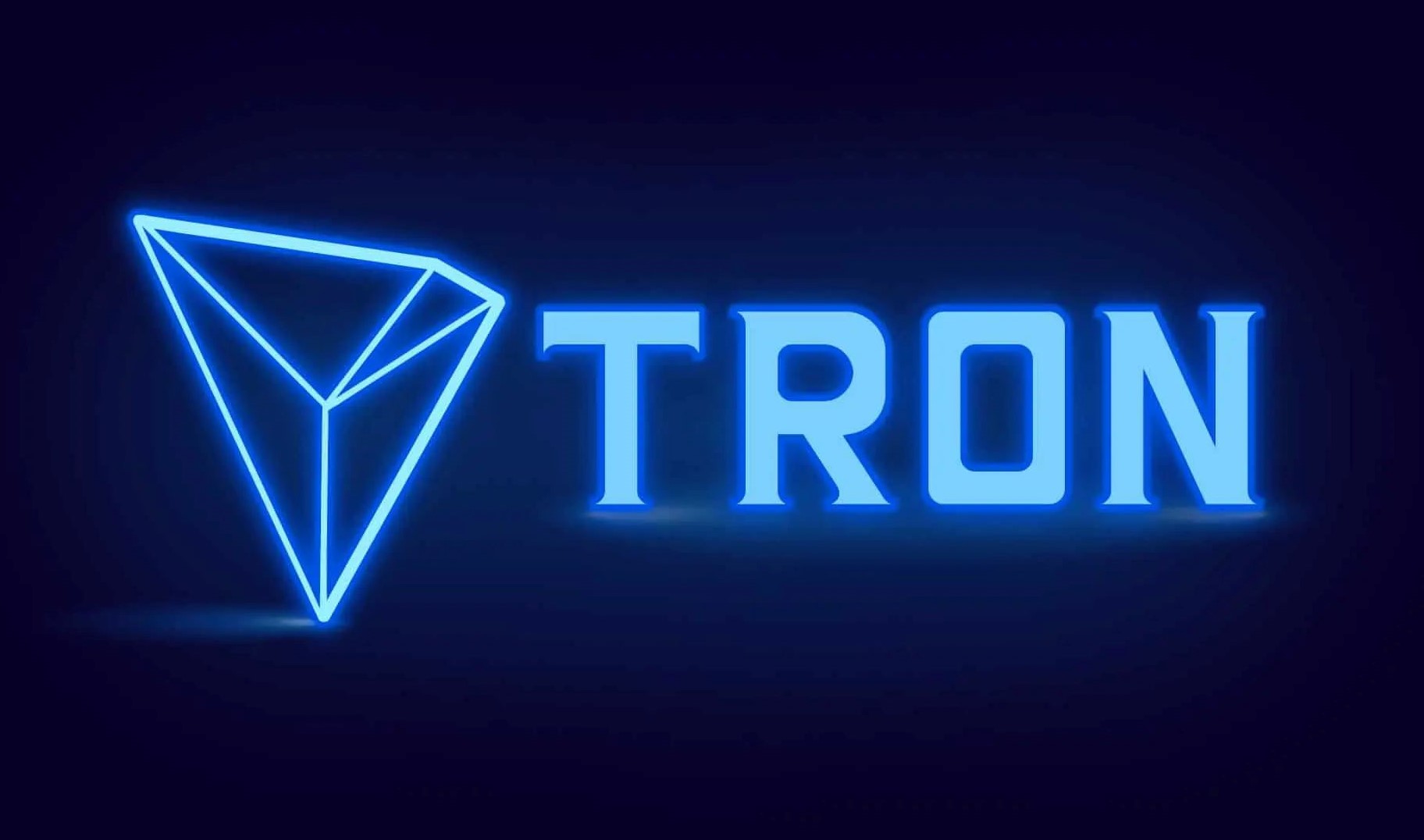ARTICLE AD BOX

- Active addresses on Polygon surged to 5.6 million, making it the third-largest blockchain by this metric.
- Stablecoin supply increased by 8.2% to $2.1 billion, further solidifying Polygon’s importance as a settlement layer for dollar-pegged assets.
The Polygon network experienced a surge in usage and transactional activity during May, recording over 80 million transactions. It has set new records across key performance metrics, according to the latest data released by the network.
Polygon Network Reports Major On-Chain Traction
Transactions on the Polygon PoS chain exploded to 81 million in May, a 20% increase over the previous month of 67.4 million in April. This number surpassed that of competitor blockchain Tron, which made about 67 million transactions during the same time.
The overall transaction volume in the chain increased to $141 billion, a 5.3% increment on the April volume of $134 billion. The high volume underscores the growing strength of Polygon in blockchain-based payment services and high-volume financial operations.
The number of active addresses also grew to 5.6 million, marking a 16.3% rise since April, according to Polygon’s recent post on X. This development sees Polygon rank as the third biggest blockchain network by the number of active addresses.
Stablecoin supply on the network also demonstrated an impressive momentum, increasing by 8.2% to $2.1 billion. This surge represents a $500 million increase in stablecoin liquidity in the last six months. It again highlights the growing importance of Polygon as a settlement layer of dollar-pegged assets as the competition in the stablecoin market grows.
Sandeep Nailwal Takes Over As CEO
The performance milestone comes amid major organizational change at the Polygon Foundation. Recently, the leadership changed its structure and Sandeep Nailwal was appointed as the Chief Executive Officer, switching their model of consensus-based leadership to one leader, as reported by CNF in our previous post.
Nailwal, the co-founder of Polygon, will now lead operations across the Foundation, Polygon Labs, and its related organizations. The Foundation, under this new leadership, is shifting towards a product-first approach, with the aim of doing things much faster and with better, simplified decision-making.
The shift is meant to establish Polygon as a base layer infrastructure of the subsequent era of Web3 and worldwide financial apps. Some of its most fundamental initiatives in the pipeline include upgrading the Polygon PoS chain to a high-throughput “GigaGAS” network.
This initiative will start with the Bhilai upgrade in July 2025. The upgrade is intended to scale transaction capacity to over 100,000 transactions per second to support real-time payments and the transfer of tokenized real-world assets (RWA).
Polygon already has traction in the traditional finance space, with institutions, such as BlackRock, Apollo Global Management, and JPMorgan having their tokenized products running on its network. In April 2025, the platform witnessed $514 billion in stablecoin transactions.
.png)
 21 hours ago
1
21 hours ago
1








 English (US)
English (US)